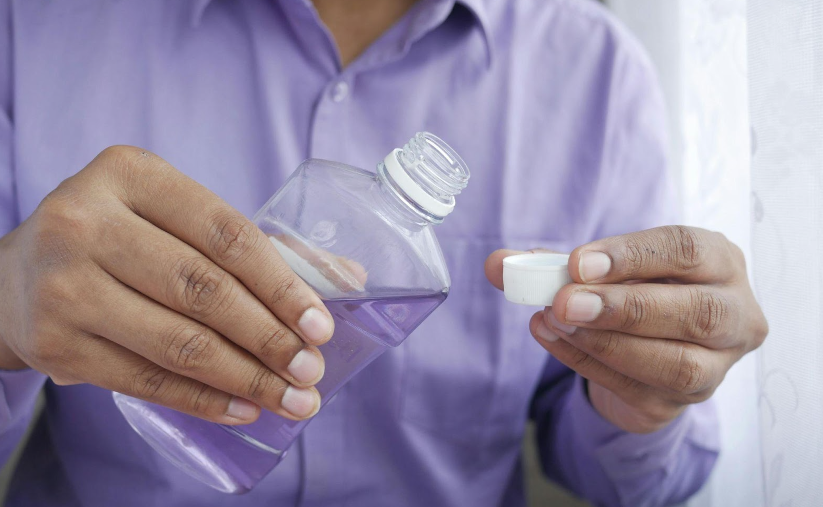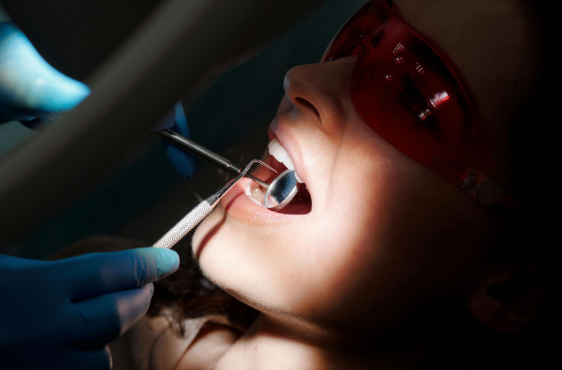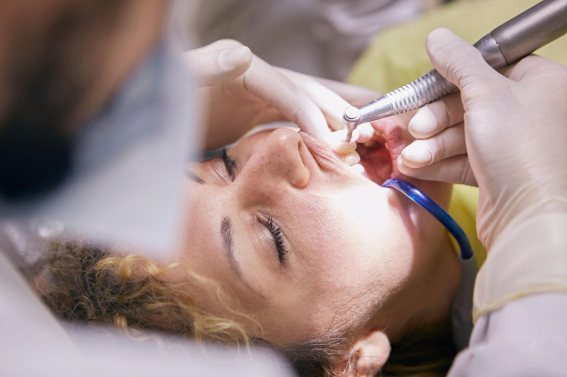Gateway Family Dental Blog
Can You Make DIY Mouthwash at Home, and Is It Effective?

Mouthwash is often part of a daily routine for fresh breath and additional protection against bacteria. While many people reach for commercial products, there’s a growing interest in making DIY mouthwash at home. But can homemade mouthwash be as effective as store-bought brands?
The Benefits of DIY Mouthwash
There are several reasons why people may choose to make their own mouthwash at home:
Avoiding Chemicals
Commercial mouthwashes often contain alcohol, artificial colors, and preservatives that may cause irritation or sensitivity. A DIY version allows you to control the ingredients and avoid potentially harmful chemicals.
Cost-Effectiveness
Creating your own mouthwash can be more affordable in the long run. Many homemade recipes use ingredients that are inexpensive and readily available in most households.
Environmental Impact
By making your own mouthwash, you can reduce plastic waste from packaging and support a more sustainable lifestyle.
Personalization
You can tailor the recipe to your specific needs, whether you’re looking for something to soothe sensitivity, improve gum health, or simply freshen your breath.
Key Ingredients in DIY Mouthwash
The effectiveness of DIY mouthwash largely depends on the ingredients used. Some natural substances have proven antibacterial and anti-inflammatory properties that contribute to oral health.
The following are some common ingredients and their benefits:
Baking Soda (Sodium Bicarbonate)
Baking soda is a natural cleanser and helps neutralize acids in the mouth. It can reduce plaque buildup and fight bad breath by balancing the pH levels in your mouth.
Salt
Salt has antibacterial properties and can reduce inflammation in the gums. A saltwater rinse is often recommended for sore gums or after dental procedures to promote healing.
Essential Oils
Certain essential oils, like peppermint, tea tree, or clove, have antimicrobial properties that can help eliminate harmful bacteria. For instance, peppermint oil provides a refreshing flavor and freshens breath, while tea tree oil can combat bacteria associated with gum disease.
Hydrogen Peroxide
This ingredient is commonly used for its whitening effect and its ability to kill germs. A diluted hydrogen peroxide solution can be a powerful antibacterial agent.
Apple Cider Vinegar
Known for its ability to kill bacteria, apple cider vinegar may help reduce plaque and fight infections. However, it should be used with caution due to its acidity, which can erode enamel if not properly diluted.
Aloe Vera Juice
Aloe vera has anti-inflammatory and antibacterial properties, making it a soothing option for those with sensitive gums or mouth ulcers.
Xylitol
This natural sweetener is often found in sugar-free gum and toothpaste because of its ability to reduce cavity-causing bacteria. It can be added to DIY mouthwash for its antibacterial properties.
How to Make DIY Mouthwash
Here are two simple recipes for DIY mouthwash:
Basic Baking Soda Mouthwash
- 1 teaspoon of baking soda
- ½ cup of warm water
- Peppermint essential oil for flavor
Mix the ingredients together and swish in your mouth for about 30 seconds before spitting it out. This mouthwash helps neutralize odors and balance pH, promoting fresher breath.
Salt and Hydrogen Peroxide Mouthwash
- 1 teaspoon of salt
- ½ cup of warm water
- ½ cup of hydrogen peroxide (3% solution)
Combine the ingredients, swish for 30 seconds, and spit. This recipe offers a powerful antibacterial effect, but it should not be used more than once a day to prevent irritation.
Effectiveness of DIY Mouthwash
While DIY mouthwash can offer several benefits, there are some considerations regarding its effectiveness:
Limited Scientific Research
While some ingredients, like baking soda and essential oils, have been studied for their antibacterial properties, there is limited clinical research on the overall effectiveness of DIY mouthwash compared to commercial products. Commercial mouthwashes undergo rigorous testing to ensure they provide cavity protection, fight plaque, and reduce gingivitis.
No Fluoride
One major drawback of DIY mouthwash is the lack of fluoride, an ingredient found in many commercial mouthwashes that helps protect against cavities and strengthen enamel. If you choose to use a DIY mouthwash, make sure you are getting enough fluoride from other sources, such as toothpaste or professional treatments.
Possible Irritation
Some DIY recipes, particularly those containing hydrogen peroxide or apple cider vinegar, can cause irritation or damage if used too frequently or in improper concentrations. It's important to follow guidelines and use these ingredients sparingly.
Customizability for Specific Needs
On the plus side, homemade mouthwash allows you to address specific oral health concerns. For example, if you have sensitive gums, you can choose soothing ingredients like aloe vera, while those focusing on breath freshness might opt for peppermint oil.
Balancing DIY with Professional Care
While DIY mouthwash can be an effective part of an oral care routine, it shouldn’t replace regular dental checkups or professional treatments. Dentists can identify early signs of gum disease, cavities, and other issues that DIY products can’t address. Using homemade solutions can be a supplement, but brushing, flossing, and routine dental visits are the cornerstones of good oral health.
At
Gateway Family Dentistry, we prioritize your oral health and recommend using a mouthwash that meets your specific needs. While DIY options can be a helpful addition to your routine, it’s best to balance them with professional-grade products and regular dental checkups. If you have any questions about your oral care regimen or are looking for expert advice,
schedule your consultation with us today.




